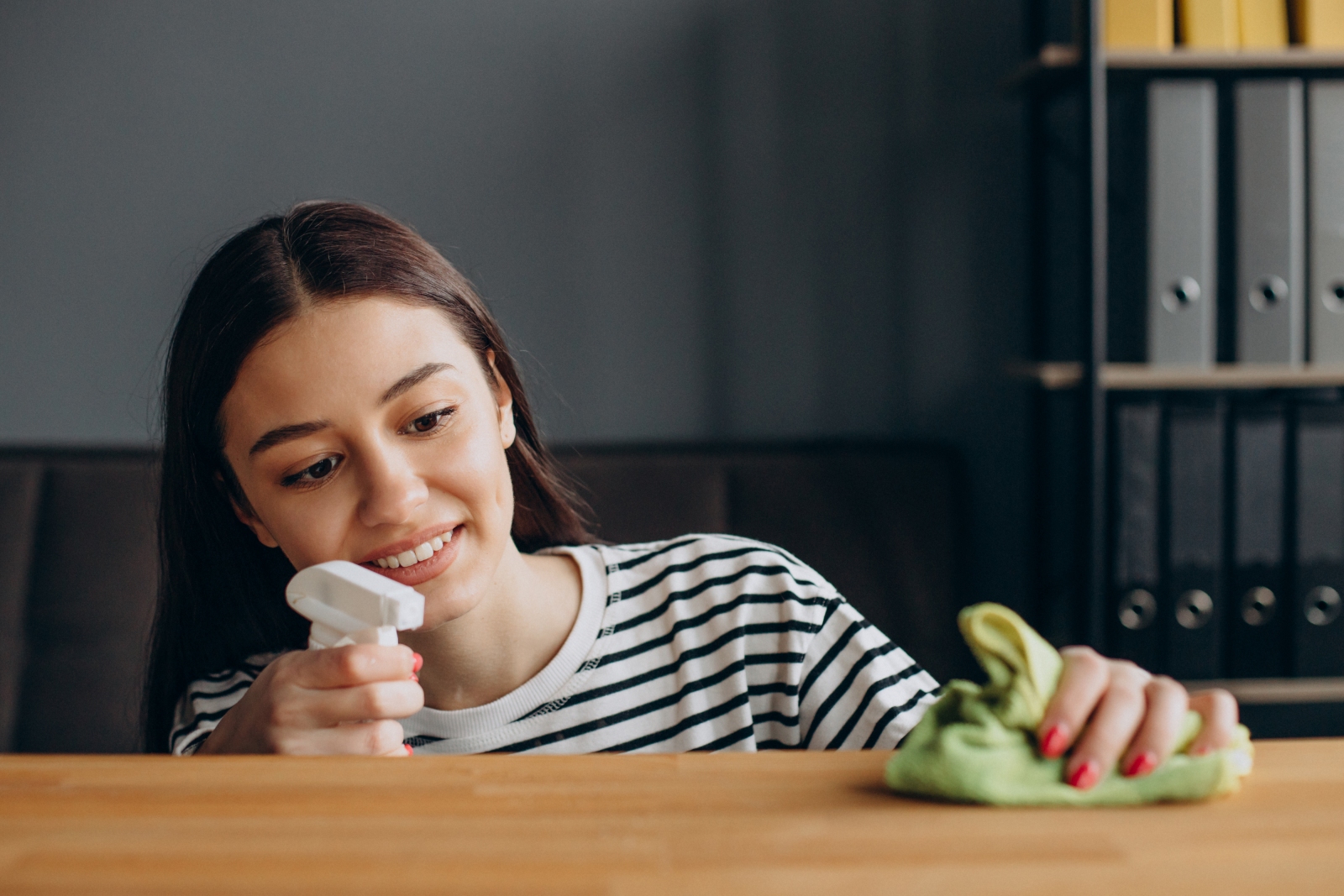
Best practices for formulating high-performance cleaners
Given the enormous variety of raw materials available to formulators when developing a product, this process can be overwhelming. With this article, we aim to provide a clearer and more efficient starting point for formulators looking to develop high-performance, safe, and cost-effective cleaning products.
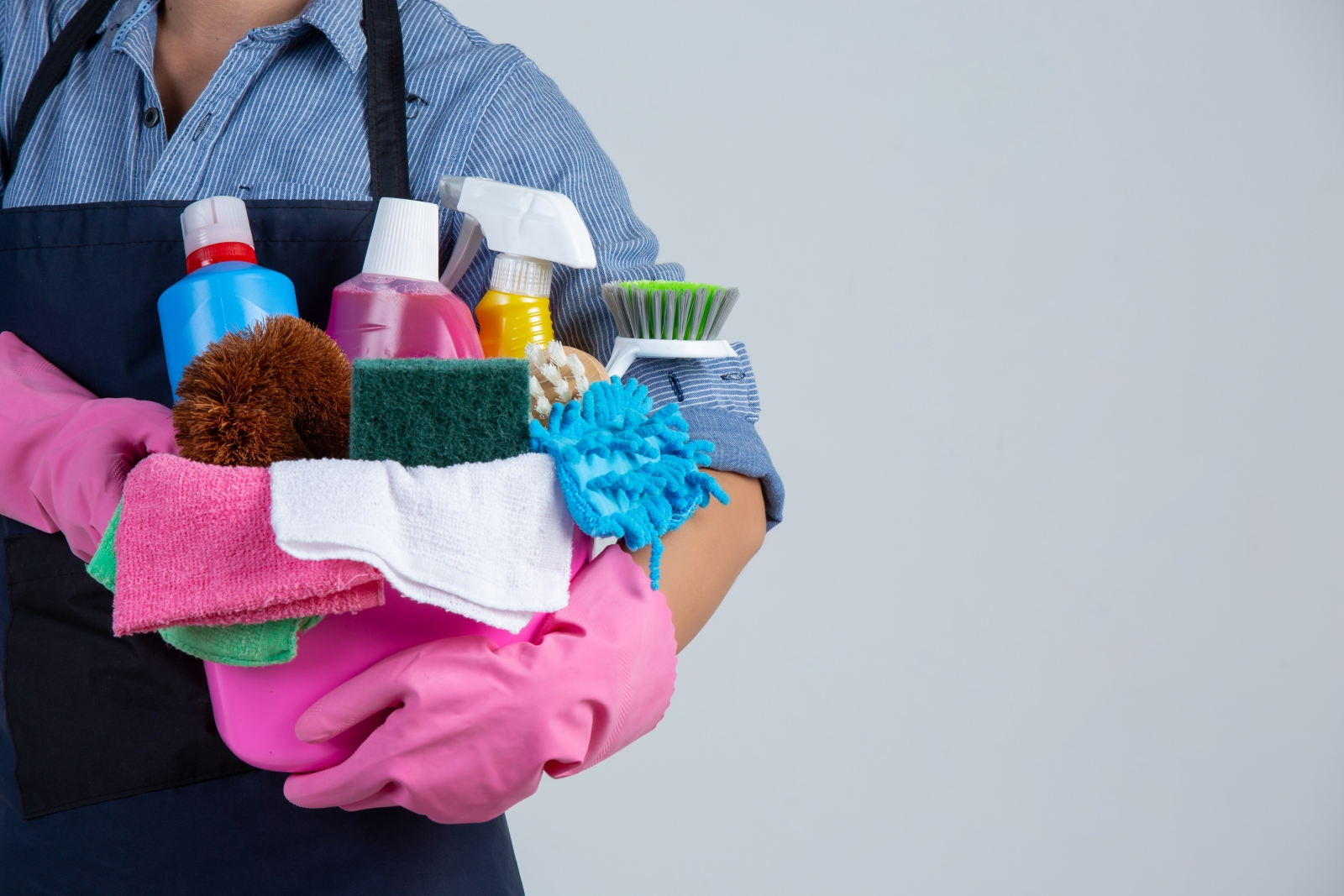
Understanding cleaning product families
Before diving into formulation practices, it is important to establish an educational classification of cleaning product types, focusing on a specific product family. This categorisation helps reduce the number of variables and facilitates the assertive choice of ingredients.
Therefore, we will separate the families as follows:
- Cleaners: Multipurpose, Scented, Degreaser, Floaters, Glass Cleaner
- Detergents: Dishwashers, Laundry Detergents, Car Detergents
- Disinfectants: Products with proven bactericidal action (domestic or professional)
- Caustics: Descaling, Degreasers, Cleaners for plates and grills
- Oxidants: Bleach, Chlorinated, and Chlorine-Free Bleaches
- Acids: Aluminum cleaner, Stone cleaner, Post-construction, Paint strippers
- Low foam: CIP Cleaning, Dishwasher for Automatic Machine, Floor Cleaner for Automatic Machines
In this article, we will focus on best practices in family 1. Cleaners: Multipurpose, Perfumed, Degreasers, Floaters, and Glass Cleaners.
Best practices for cleaner development
When formulating a cleaner in this category, it is essential to strike a balance between efficiency, ease of use, and surface finish. Here are the key points:
Controlled foam and easy rinsing:
It is best if the product rinses easily or does not even require rinsing. To achieve this, foaming should be controlled, and active ingredient levels should be kept to a minimum, ensuring the expected effectiveness, to avoid creating excessive product residue on the surface after cleaning.
Choice of surfactant:
Nonionic surfactants, especially ethoxylated fatty alcohols with HLB values between 11 and 13, are the most recommended. They offer:
- Controlled foam
- High detergency
- Good solubility and compatibility with fragrances
- Clean finish, no haze or residue
Alternatives to Nonylphenol 9,5 EO

Despite being a common choice among formulators, Nonylphenol 9.5 EO is restricted in many international markets for environmental and toxicological reasons, such as Europe and the United States. It is also not true that this molecule offers the best cost-benefit ratio. Macler has been researching and developing formulations with more sustainable alternatives that are even more cost-effective than using Nonylphenol.
One option that stands out in this research and development is the use of Berol 175, a highly efficient fatty alcohol produced by the multinational Nouryon and distributed exclusively by Macler in Brazil for the hygiene and cleaning market.
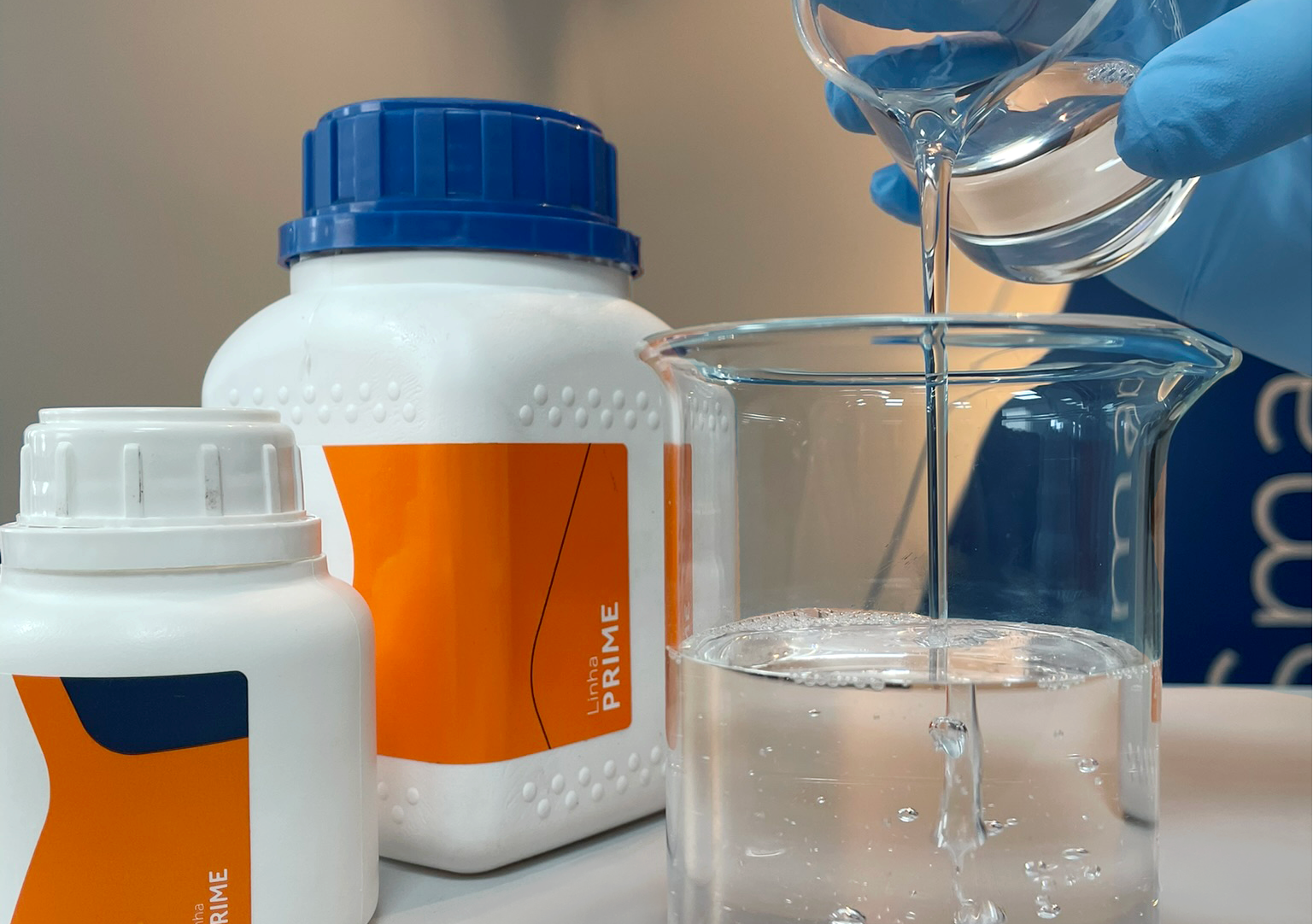
Berol 175, like most ethoxylated nonionics, has medium foaming, high detergency, and is liquid. This results in the following desired behaviors:
- Medium foaming: makes rinsing easier.
- High detergency: it has an HLB of 11 to 13 and allows working with low active ingredient dosages, ensuring good efficiency so that it does not generate much residue after cleaning.
- Liquid product: prevents crystallization and whitish stains.
Adjuvants and alkalinity:
To maximize cleaning power, the use of adjuvants (learn more about this topic by accessing our article on the subject) and pH adjustment for slight alkalinization are fundamental strategies.
The most cost-effective adjuvant is generally sodium tripolyphosphate, which is highly effective as a dispersant and produces enough free alkalinity to contribute to increased pH and thus increased cleaning power. However, this product has an environmental impact in terms of eutrophication due to the phosphate content.
Therefore, other, more sustainable options can be used, notably the Dissolvine GL 47-S sequestrant. Made entirely plant-based materials and rapidly biodegradable, this product is a modern alternative for those seeking cleaner, more responsible formulations. It acts as an efficient sequestrant, especially useful in protecting fragrances, dyes, and preservatives metal ions.
In addition, the use of a suitable preservative, a good fragrance, a quality colouring agent, together with an efficient sequestrant, such as Dissolvine GL 47-S, to protect them reactive ions, is of the utmost importance.
.jpg)
The correct surfactant, a good adjuvant, and a slightly alkaline pH (9 to 11) are the basis for a high-performance cleaner.
Additional requirements per application
Each subcategory of cleaners presents nuances that must be considered in the final formulation:
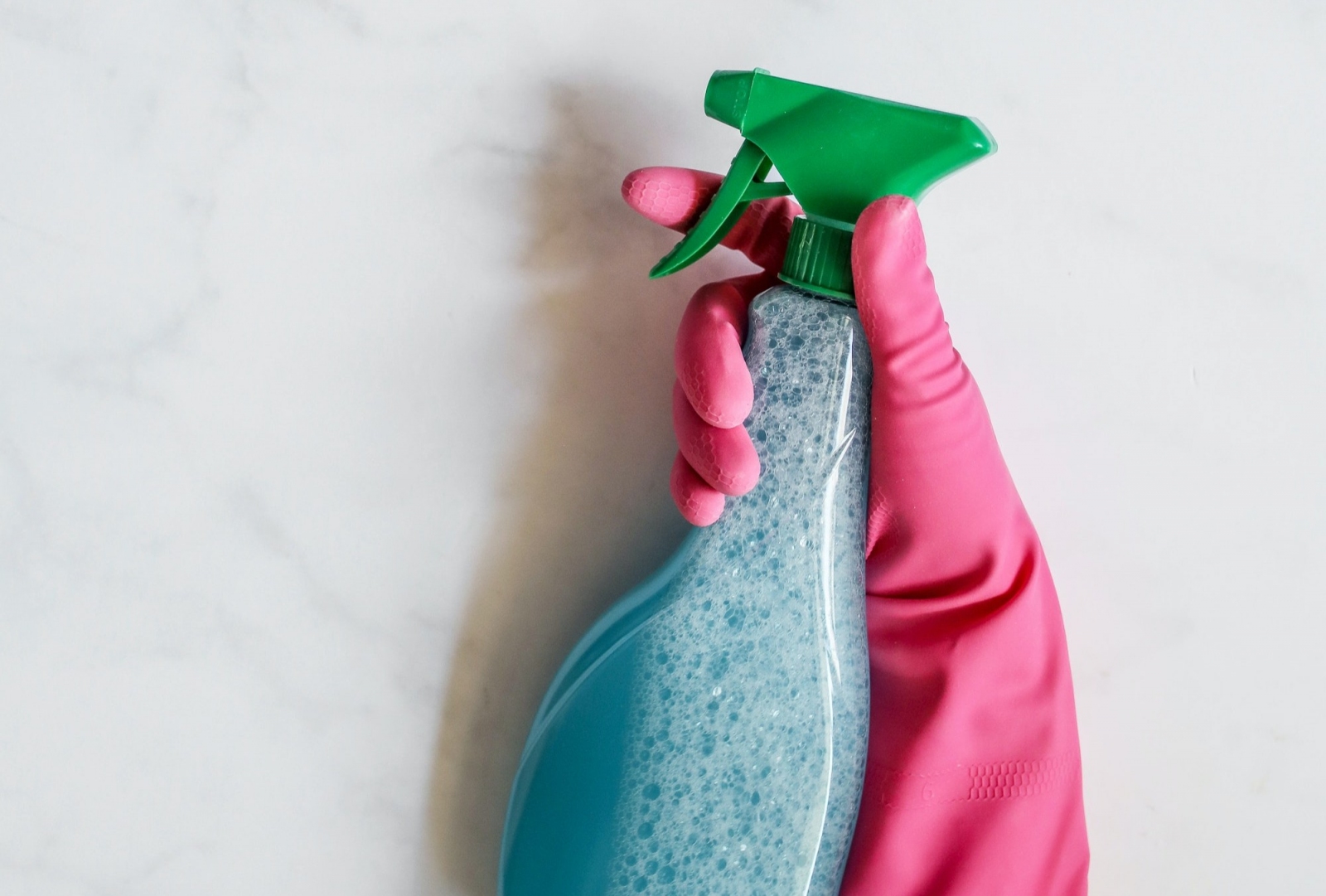
Multipurpose, scented cleaners and floaters:
Ethyl or isopropyl alcohol can be added to speed up drying after cleaning. Low levels (1 to 2%) already produce a good drying effect. Be careful not to use too much, as it can cause surface dehydration and reveal crystals, creating a dull or stained appearance.
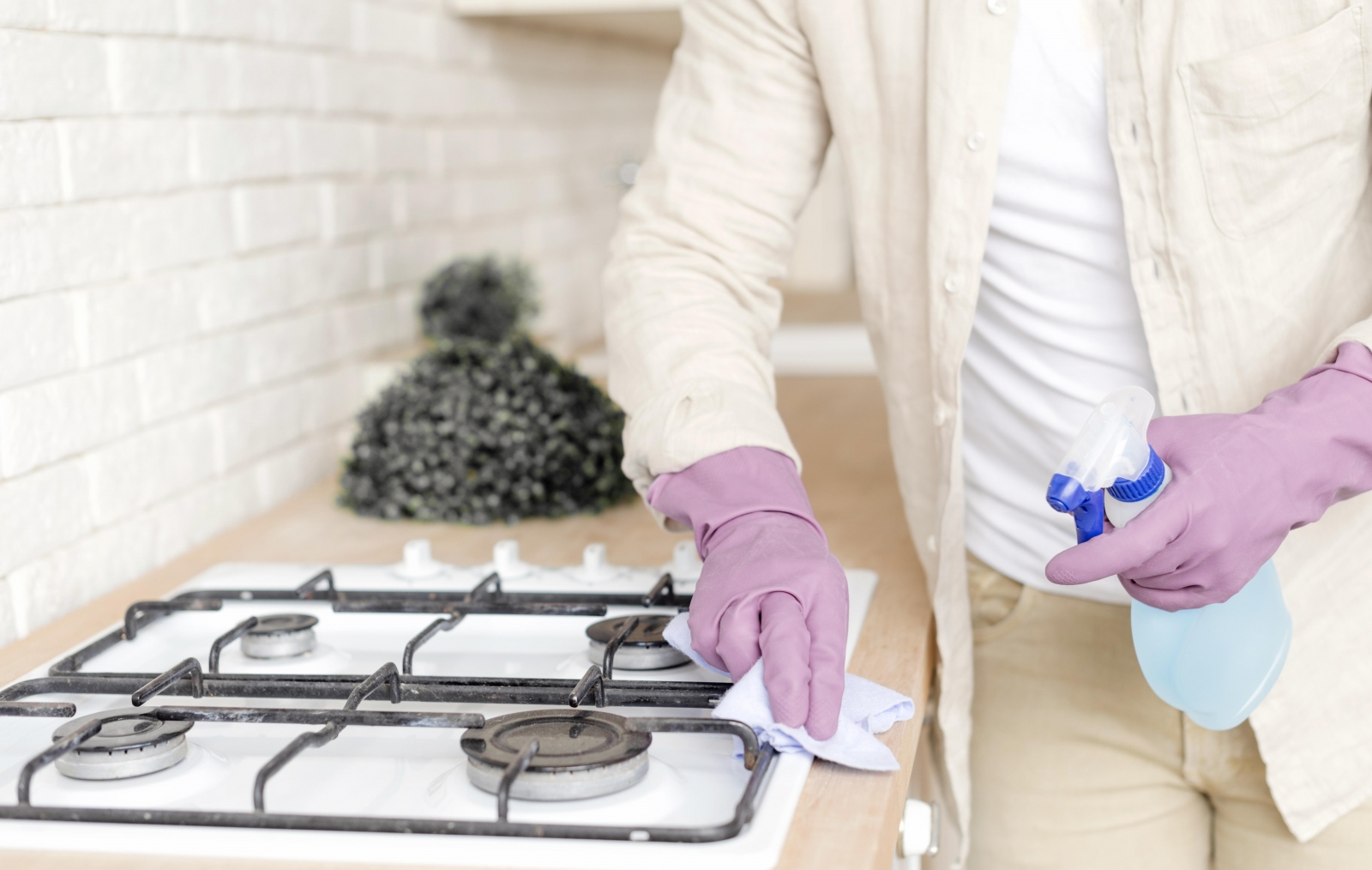
Degreasers and Stove Cleaning:
This problem of crystals revealing themselves becomes even more problematic when using degreasers, specifically when used to clean stoves, refrigerators, and appliances. Many of these appliances have metal or glossy painted parts that make dried crystals even more visible. Therefore, adding glycols such as butyl glycol or butyl diglycol helps prevent this effect by creating a very thin film that keeps the surface "hydrated”, preventing these crystals revealing themselves, leaving the surface shinier.
.jpg)
Glass cleaner:
In this case, using alcohol in combination with glycol is important, as we need faster drying. Therefore, it is recommended to use slightly higher concentrations of alcohol (2 to 4%) and glycol to prevent the surface becoming dehydrated and causing persistent stains.
For more details, see our specific article on formulating windscreen wipers. Click here.
Technical base with room for innovation
The best practices presented here help guide development, building on a foundation widely tested and used worldwide, but they do not exclude the developer's creativity and innovation. The opposite is true: by mastering the fundamentals, you open up space to propose disruptive solutions without compromising effectiveness and consumer expectations.
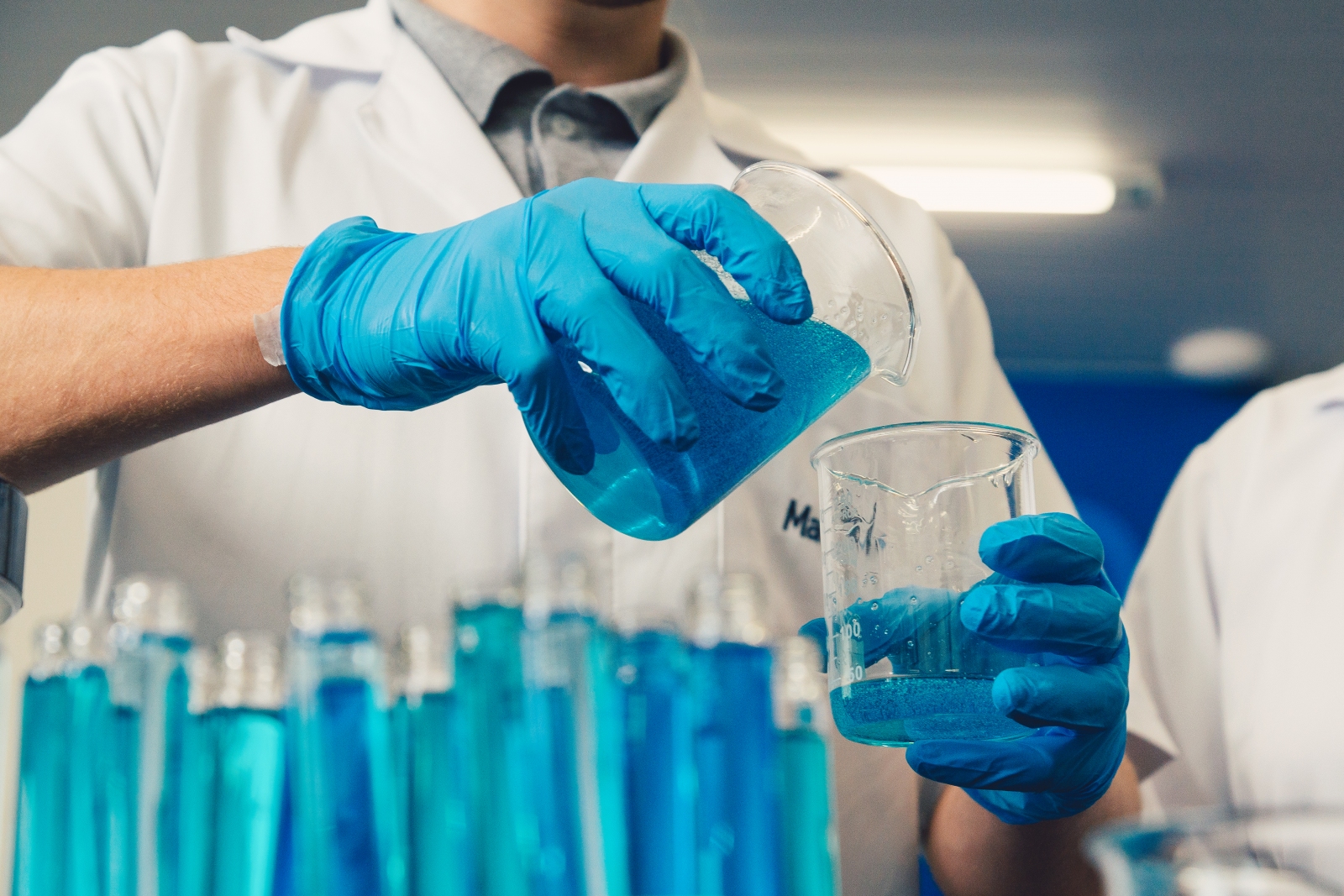
As usual, Macler provides supplementary materials with suggested dosages and recommended raw materials for each type of formulation.
Talk to our SmartLab and find out how we can support the development of your next successful product.

Learn More
While it's true that these compounds have excellent cleaning performance, their acidic or alkaline natures distinguish them in terms of their function during cleaning. In this text, we will focus on addressing caustic products.
Our chemistry
We use our labs to create
intelligent chemical solutions balanced with your reality.
Products
We use our R&D center, our own laboratory with experienced professionals, to deliver intelligent chemical solutions in balance with your reality.
